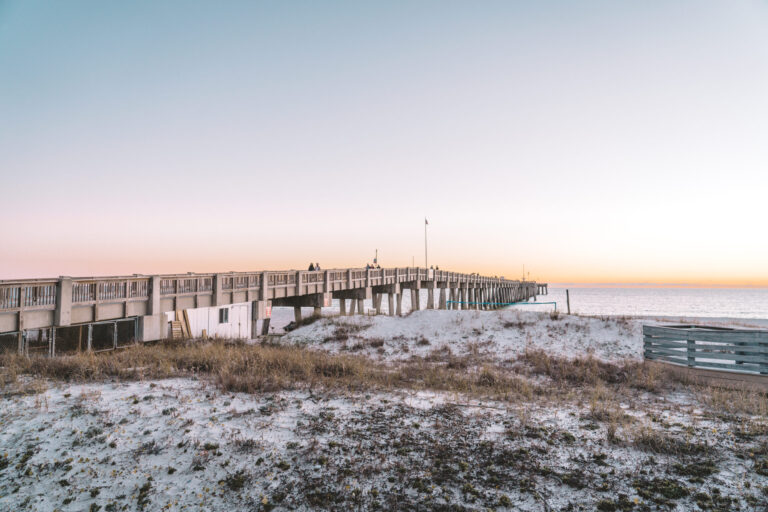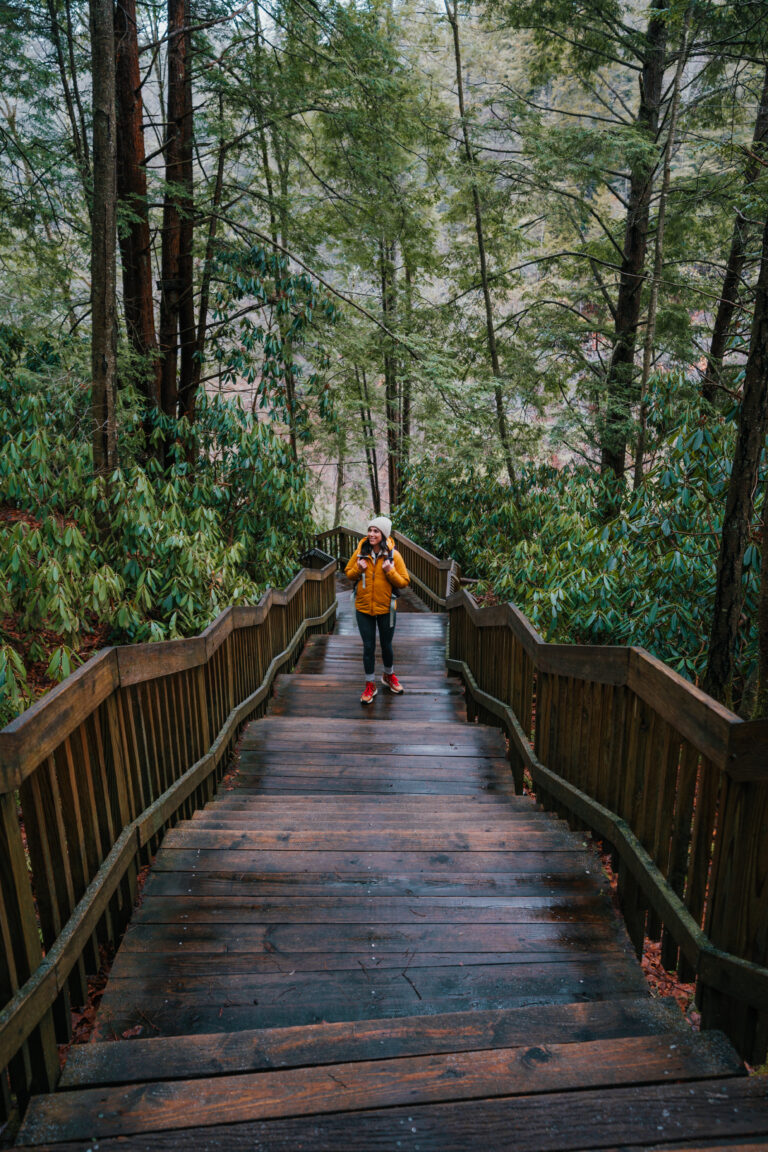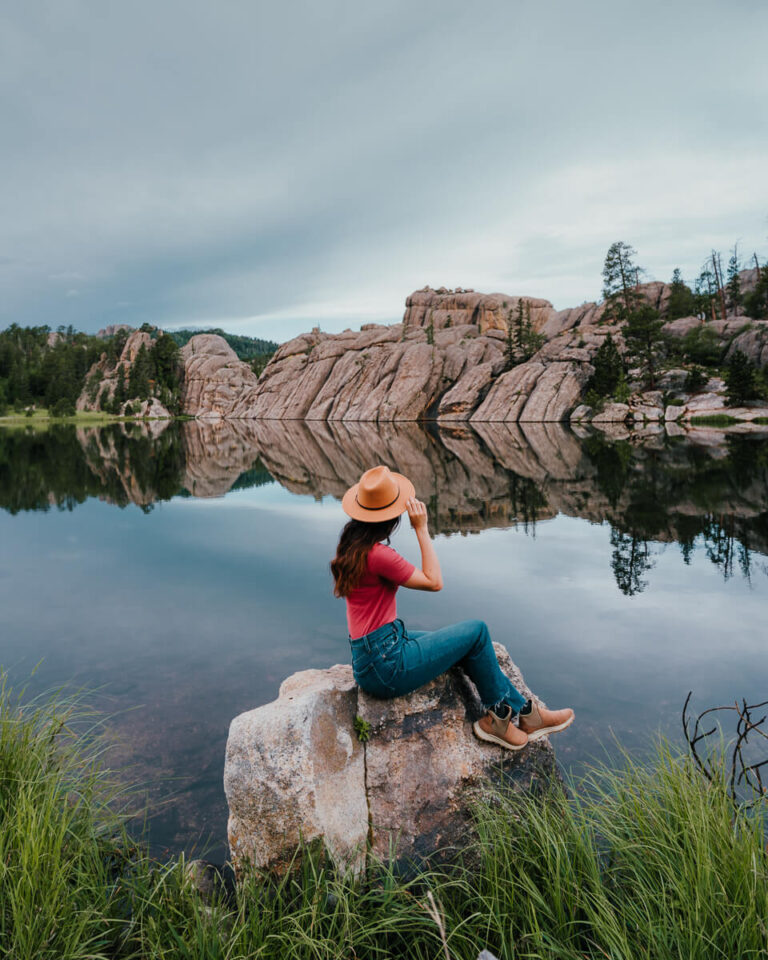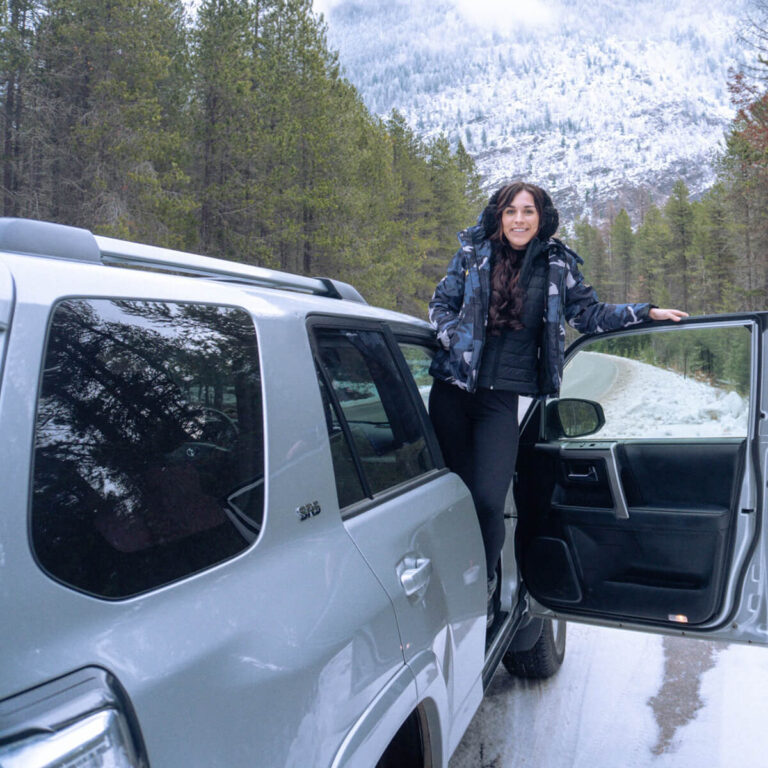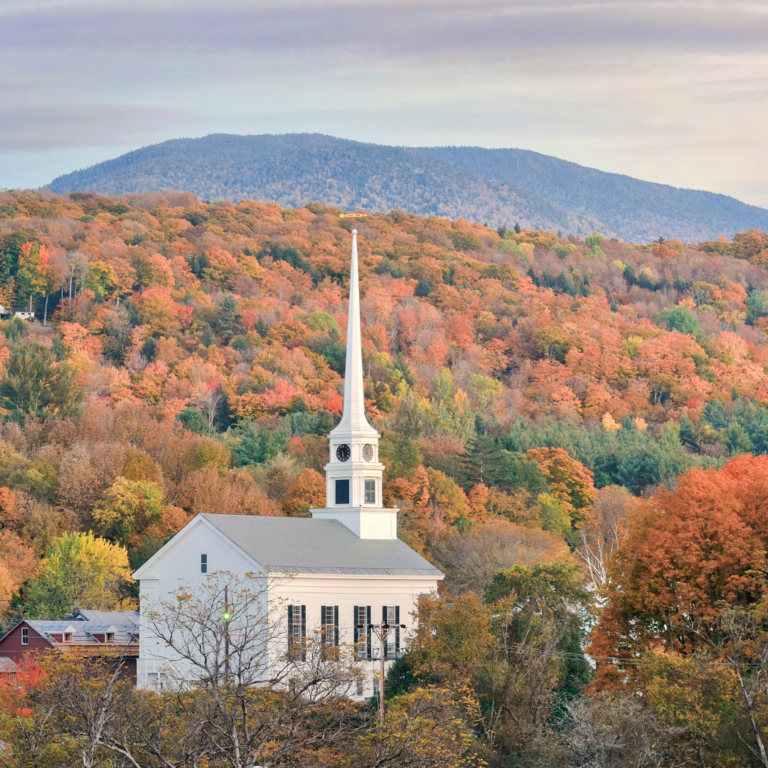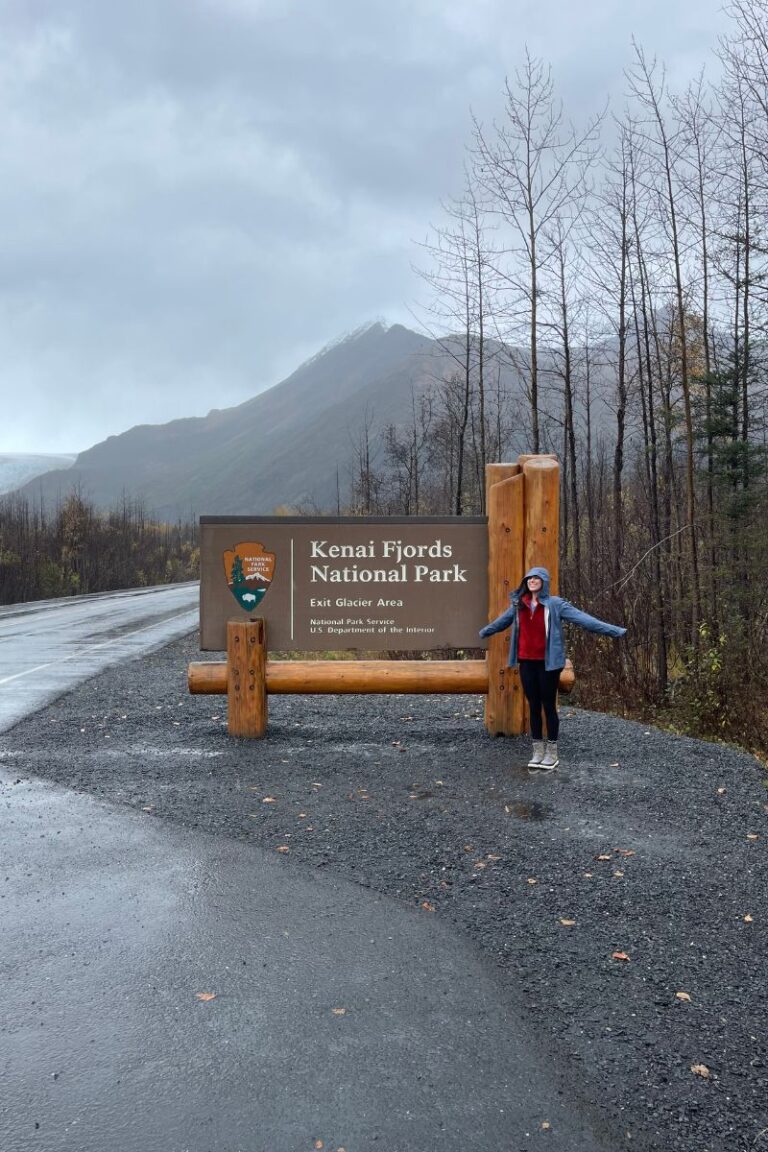Giving Back on Vacation: My Experience with Ecotourism in Hawaii
Heading to Hawaii soon and looking for a way to malama (give back)? In this post, I’m sharing my experience with ecotourism in Hawaii on my first visit to any of the islands! And if you’ve never heard of ecotourism, keep reading — I PROMISE it’s worth learning about and incorporating into your travels (whether you’re venturing to Hawaii or elsewhere).
Hawaii is renowned for its incredible weather and beautiful beaches but wasn’t on my travel radar due to the controversy surrounding tourism and its impact on natives. Some economies depend on tourism, but it can have detrimental effects on local communities. This trip to Oahu (sponsored by Alaska Air & travel2change) opened my eyes to the impact of using tourism for good.
Keep reading to find out how you can experience this beautiful place in a deeply meaningful way that will keep the islands of Hawaii more sustainable for future generations!
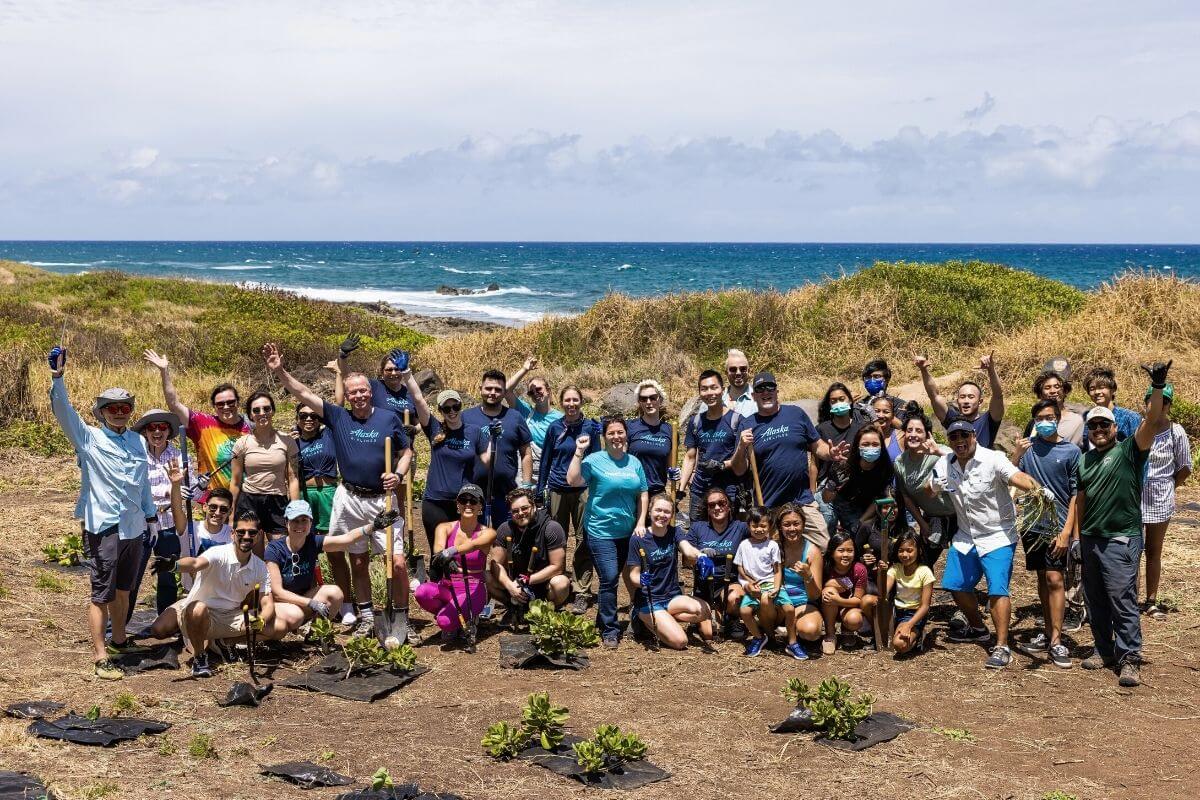
Disclaimer: This page may contain affiliate links where I earn a small commission at no extra cost to you.
What is Ecotourism?
Ecotourism is a type of tourism that aims to conserve and protect local ecosystems and benefit local communities. Essentially, it’s a more responsible form of traveling than simply visiting a destination for its appearance. Doing so isn’t always a bad thing (I’ve definitely done it), but considering the impacts of our travels on the environment/locals is critical in fragile destinations such as Hawaii and a good practice to implement no matter where our adventures take us.
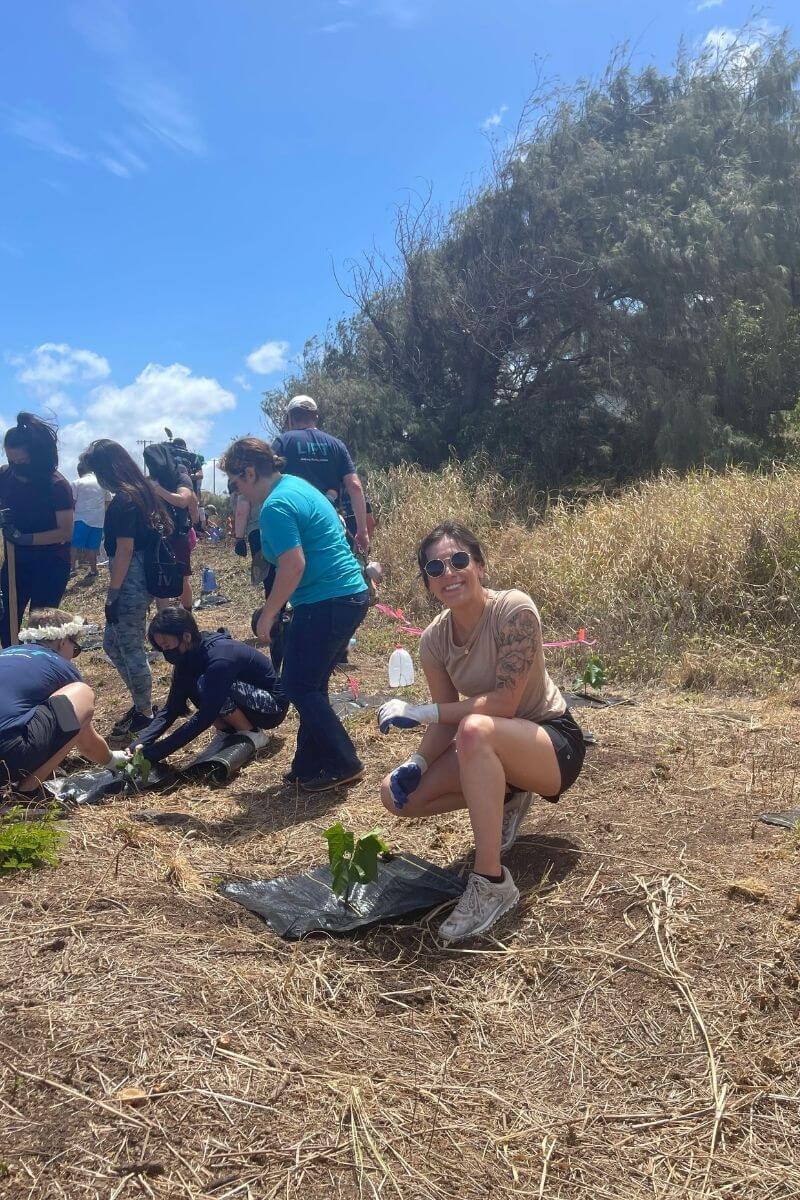
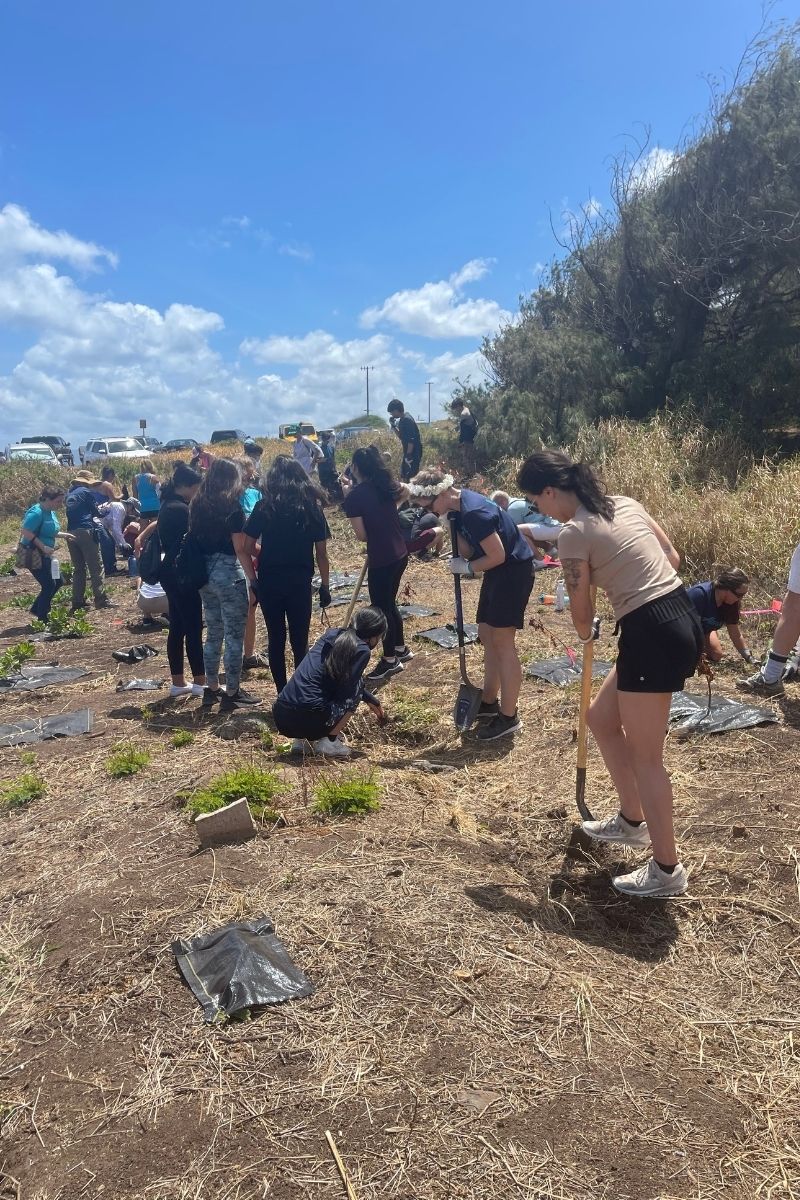
According to Go Hawaii, “Hawaii has the highest number of endangered and threatened native plant and animal species of any place on the planet.” If you’ve ever been to Hawaii, you’re familiar with the incredible beauty of the native plants and animals. As visitors, we need to do everything we can to protect this area for future generations, and ecotourism in Hawaii is a great place to start!
FYI — The Malama Hawaii Program gives travelers the opportunity to qualify for special lodging discounts for participating in “voluntourism.” Check out their volunteer activities here!
Ecotourism Tips
- Use a reusable water bottle and reusable storage bags rather than single-use items. I love how Alaska Air now uses Boxed Water on their flights!
- Shop local! Make sure to support local businesses (whether that’s restaurants or souvenir shops) rather than large companies.
- Look for lodging that prioritizes sustainability. Maybe they automate conservation in certain ways or utilize green infrastructure. If you’re looking for a sustainable place to stay in Waikiki with amazing views, the Sheraton Waikiki is an LEED Gold building.
- Use reef safe sunscreen. This is a BIG one in Hawaii! Even the tiniest amount of chemicals can have devastating impacts on coral reefs.
- Leave No Trace. When hiking in Oahu, I saw people tearing leaves off plants (to use as umbrellas because it was raining) and it made me so angry. Messing with plants and wildlife in any way, shape, or form is a big no-no!
- Be considerate of food waste. I tend to want to try to a little bit of everything when I’m exploring a new destination! The food in Hawaii is BOMB and everything is “Insta-worthy” BUT there’s no reason for senseless waste. I’ve been trying to reel myself in to be more considerate of food waste while traveling!
The Experience
I’m so excited to share more about my first visit to Hawaii, focused on ecotourism in Hawaii, with you! Thanks to Alaska Air & travel2change, the entire trip was an experience I’ll never forget. Let’s get to it!
Pre-flight & Pledge to Our Keiki
Before departing for Hawaii, we had a little going away party! Kimié Miner and Brad Watanabe, two incredibly talented musicians, performed at the gate. While they were performing, travelers had the opportunity to sign Kanu Hawaii’s Pledge to Our Keiki.
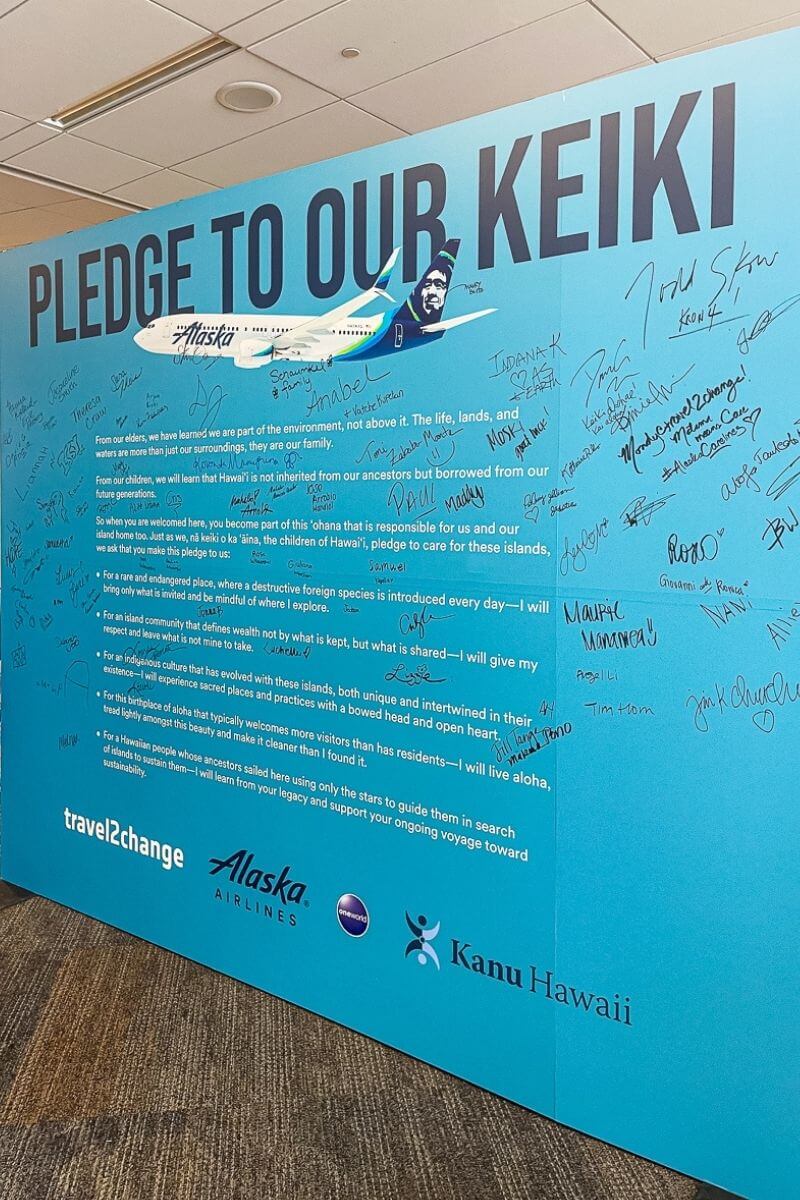
One of the most impactful parts of the whole experience was signing the pledge:
- I will bring only what is invited and be mindful of where I explore.
- I will give my respect and leave what is not mine to take.
- I will experience sacred places and practices with a bowed head and open heart.
- I will live aloha, tread lightly amongst this beauty and make it cleaner than I found it.
- I will learn from your legacy and support your ongoing voyage toward sustainability.
I HIGHLY encourage you to sign the pledge to protect and care for Hawaii (especially if you’ve already been to Hawaii, but even if you hope to visit at some point in the future). It’s deeply meaningful to locals who share their beautiful home with the world.
Delight Flight
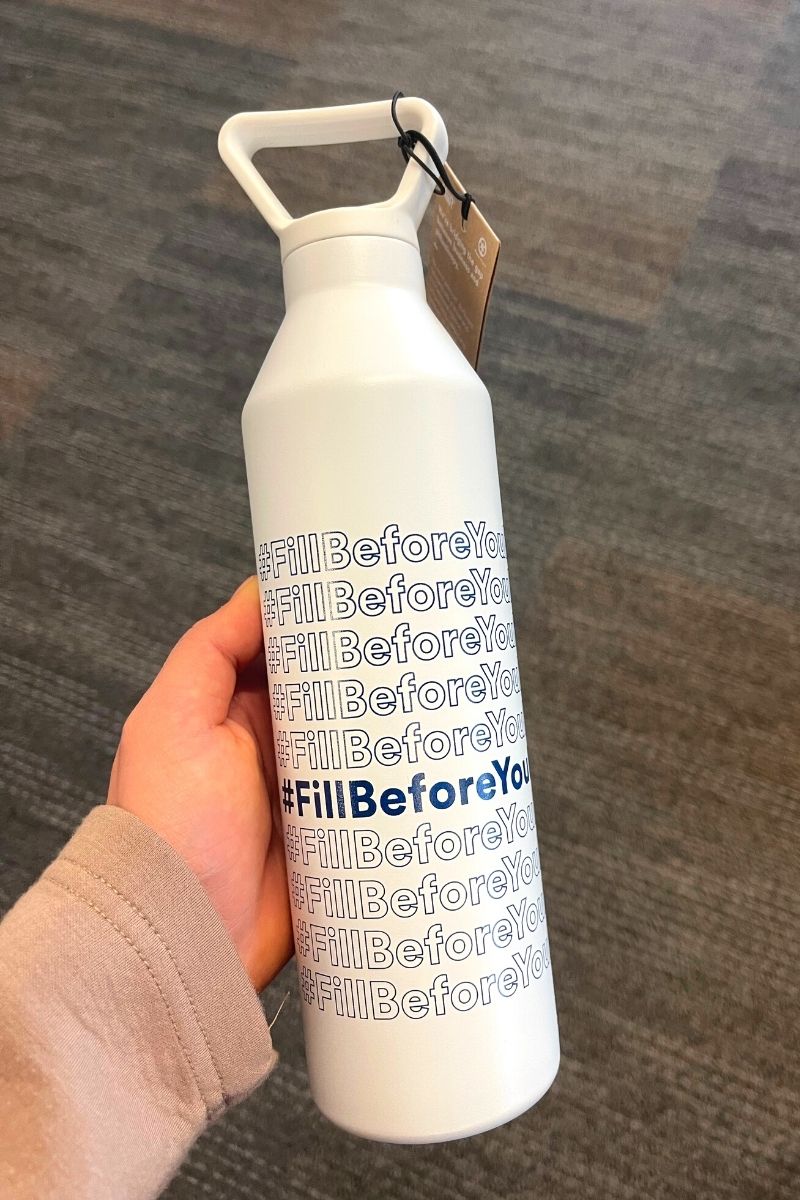
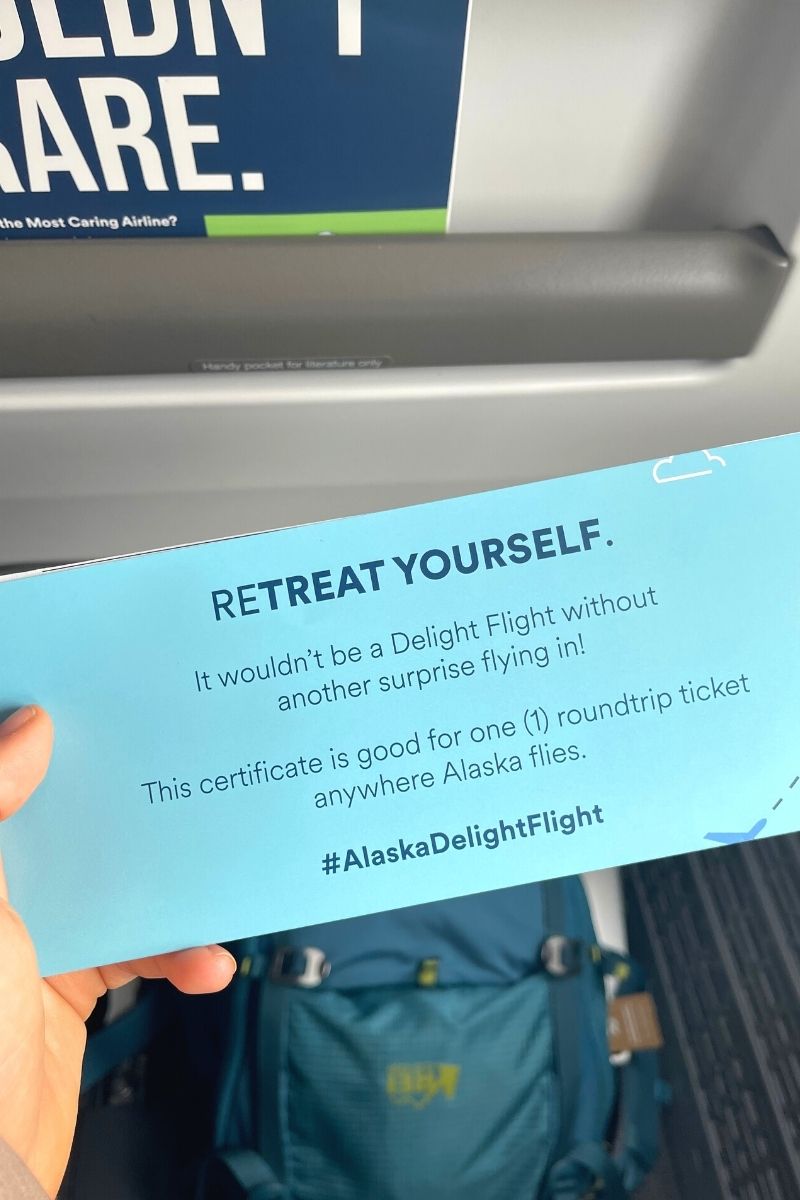
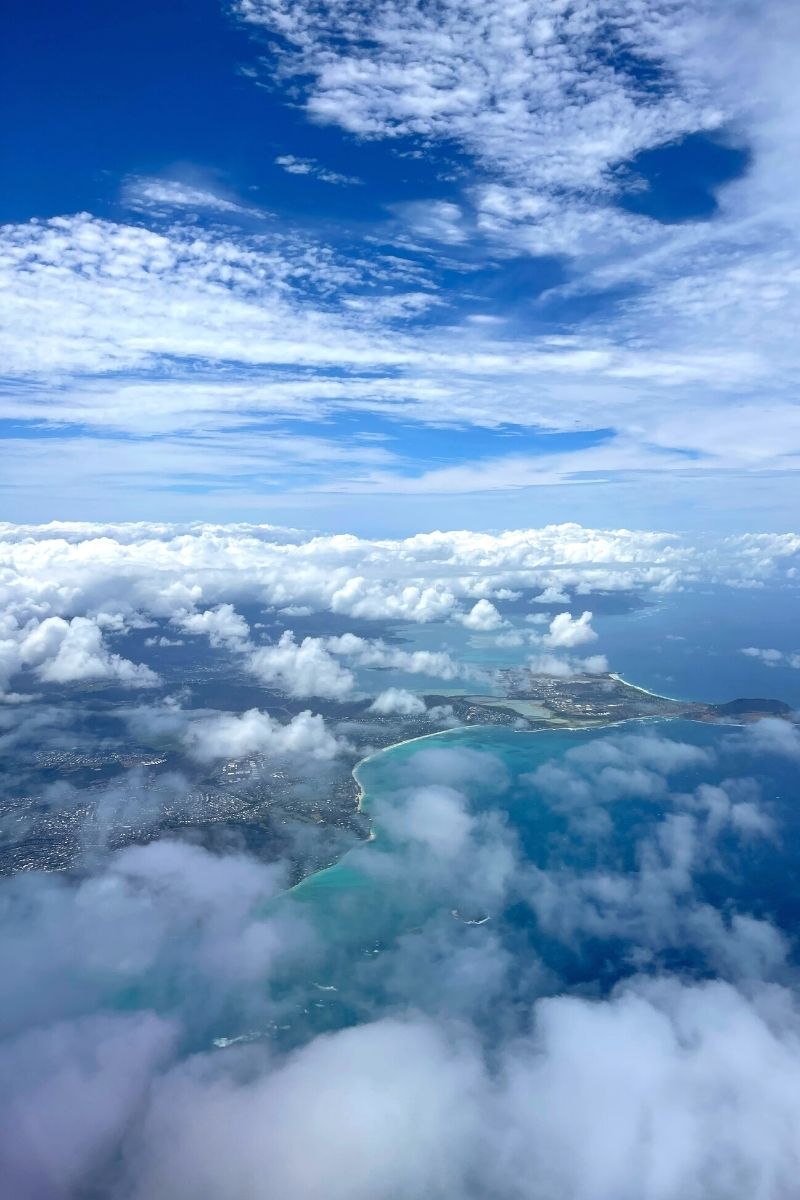
The five hour flight from San Francisco to Honolulu with Alaska Air was SO much fun. At random, Alaska Air will do something they call Delight Flights. They’ve had them between Hawaii and the Bay area, the PNW and East Coast, as well as the PNW and Bay Area, but it’s a surprise that is kept secret until boarding!
All passengers on our flight received at least one voucher for a roundtrip ticket anywhere Alaska flies as a gift (along with TONS of other goodies). I even received two more vouchers by playing trivia, so I guess I have a few trips to plan! Flights are usually pretty anticlimactic, so the Delight Flight was a nice change of pace and the perfect start to our Hawaii adventure!
We also got to learn more about Alaska Airline’s initiatives to help care for Hawaii and the other destinations they travel to during our flight. For example, Alaska Air is saving 1.8M pounds of plastic from our oceans by switching to Boxed Water. Seeing big companies make these types of changes inspires me to live a more sustainable life.
Coastal Restoration at Ka’ena Point State Park
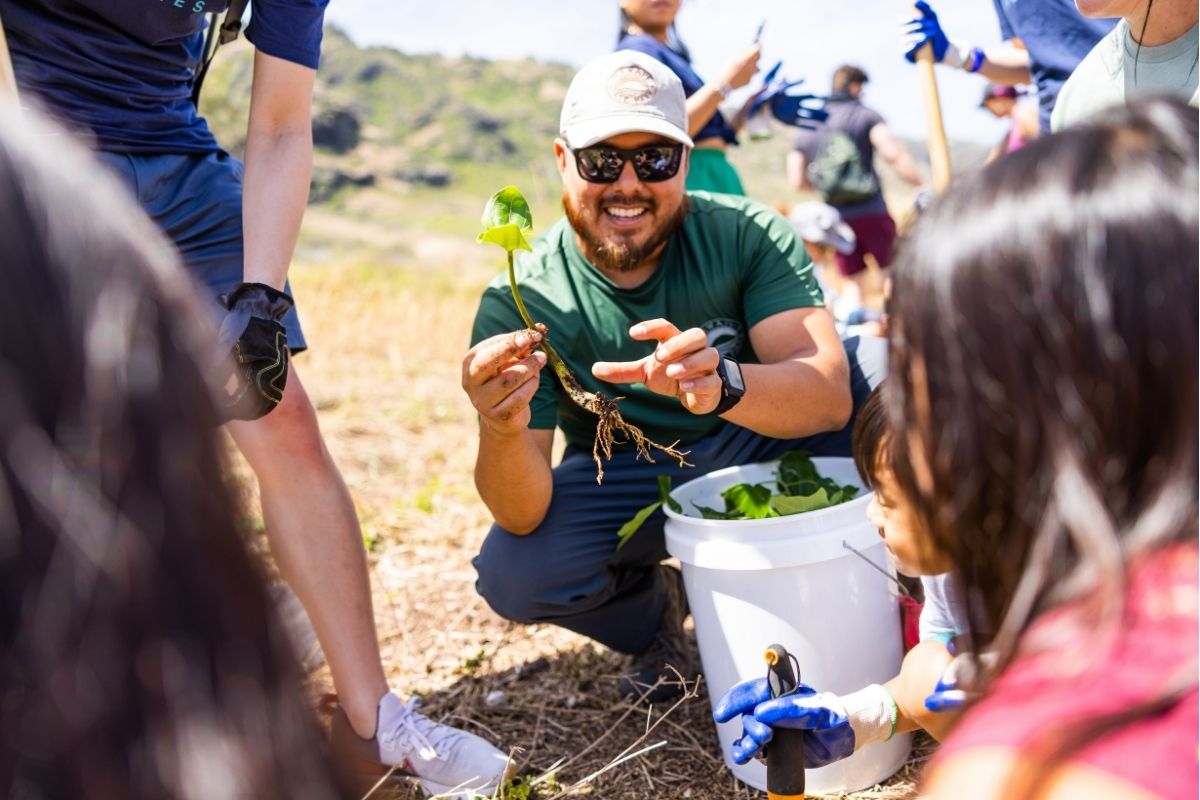
On our second day in Hawaii, we drove from Waikiki to Ka’ena Point State Park to volunteer alongside travel2change. It’s about an hour’s drive, but it passed by quickly because there’s no shortage of sightseeing to do on the drive from the southern portion of the island to the North Shore. Beautiful is an understatement!
Once we arrived, we went on a short guided hike to learn more about the area’s history and vegetation. This natural sand dune ecosystem has suffered over the years and now organizations like Alaska Air, travel2change, and Hawaii State Parks are coming together to combat the ecological damage and restore this fragile landscape.
One of my favorite parts of the whole experience was learning about the dualism between Hawaiian culture and plants and the importance of reconnecting with the land. We did a few chants before we planted our plants and as we watered them, which was incredibly powerful. I can’t wait to go back someday and revisit the site where we planted native plants!
On our way back to Waikiki, we stopped by Farm to Barn Café and had the most delicious lunch. Highly recommend it if you’re in the area! They’re open for breakfast and lunch and have bagels, burgers, acai bowls, along with several vegetarian/vegan options. Also, they source their ingredients from local farms — one of which is right behind the café!
Travel2change offers a variety of ways to give back across the islands of Hawaii. Check out volunteer opportunities with travel2change here!
Locavore Dinner at Queensbreak Waikiki
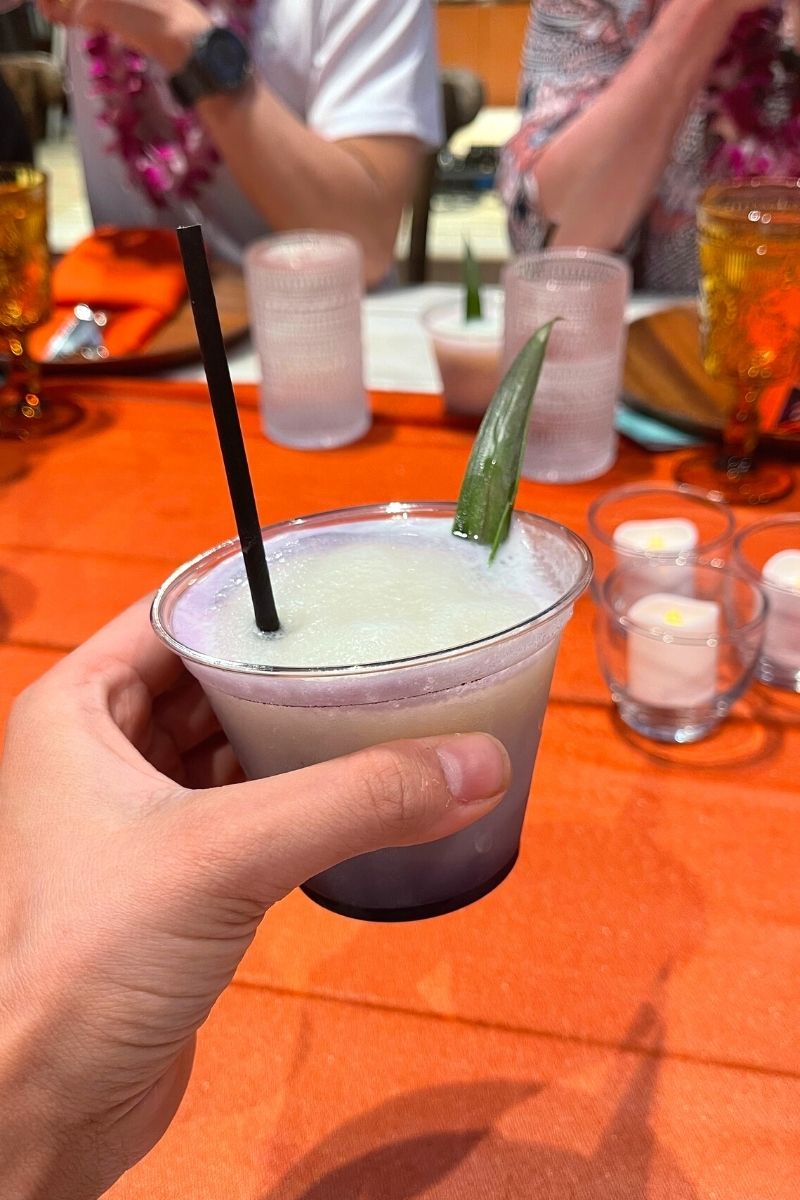
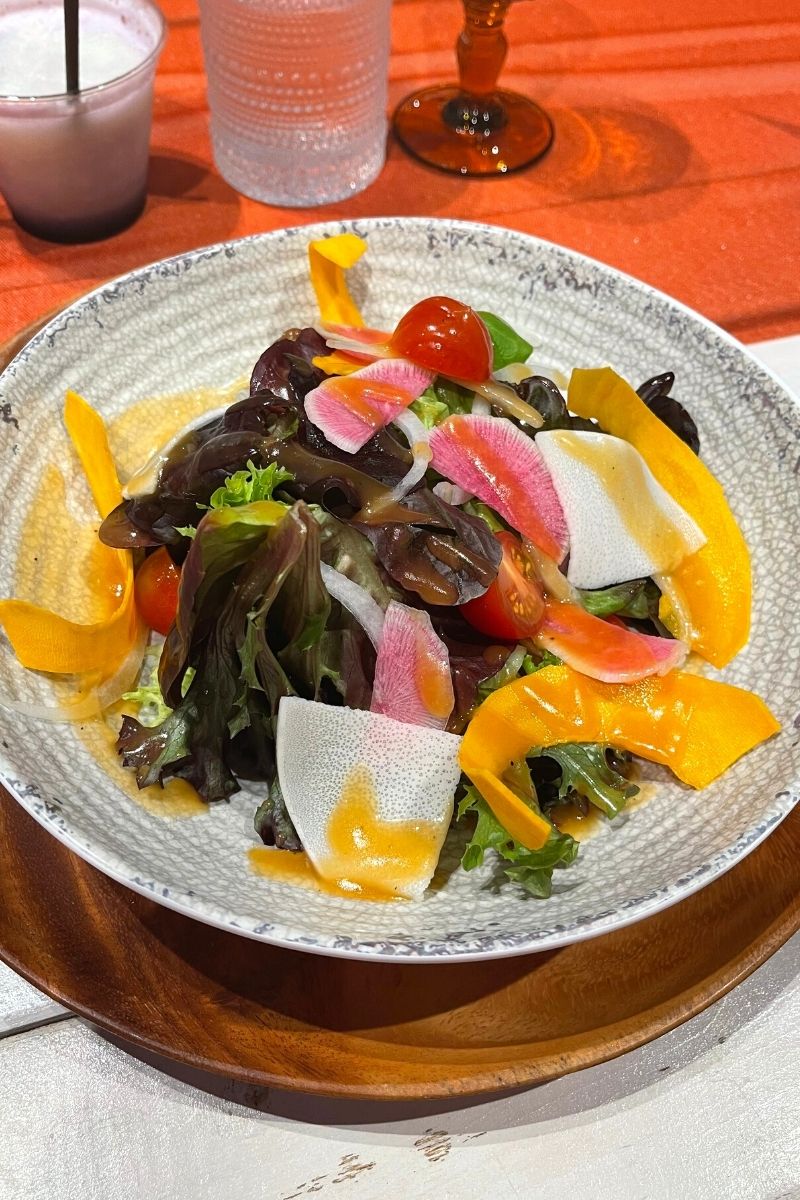
On our last night in Hawaii, we enjoyed a locavore dinner at Queensbreak Waikiki. The food was delicious, and the best part? 75-100% of the ingredients in the food and drinks were sourced within a 50-mile radius. I’m still thinking about the delicious taro piña colada and Hawaiian beef ribeye!
Eating local is another way to practice ecotourism in Hawaii (or anywhere for that matter). Not only are you supporting local farmers by doing so, but also you’re making a choice that reduces your carbon footprint and benefits the environment! Locally sourced food hits the table a lot faster than food that has to travel a long way to be served.
This was such an incredible and rewarding way to experience Hawaii for the first time, and I can’t wait to go back. Kudos to Alaska Air and travel2change for coming together to create such an awesome opportunity and focusing on ecotourism in Hawaii! Have you ever been to Hawaii or done any form of “voluntourism” while traveling? I’d love to hear about your experience in the comments!
